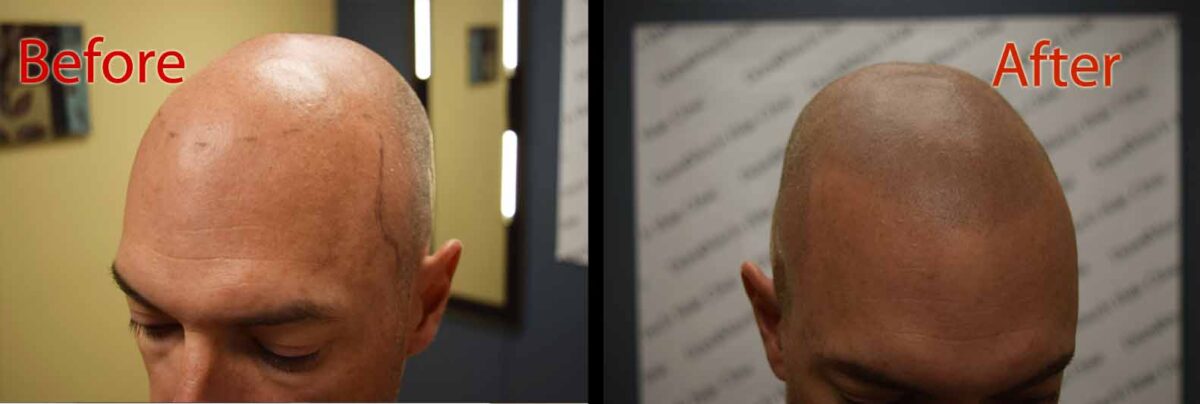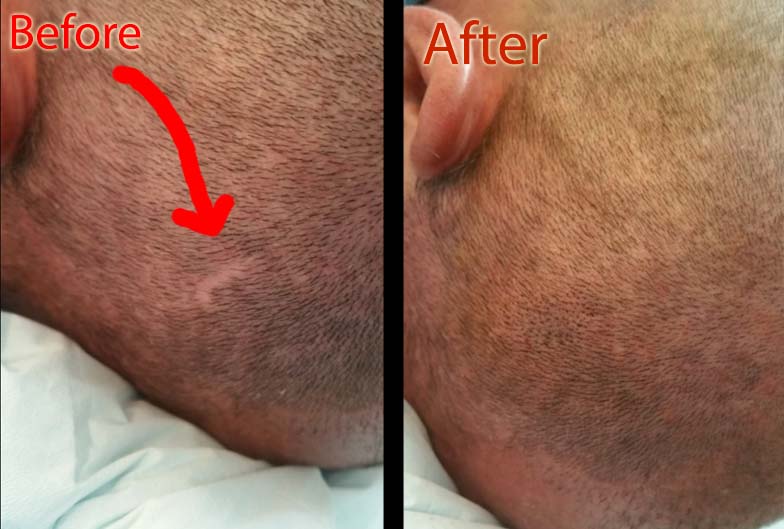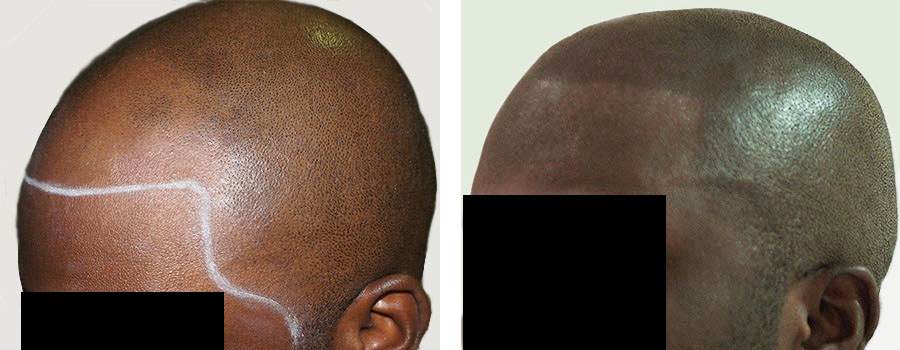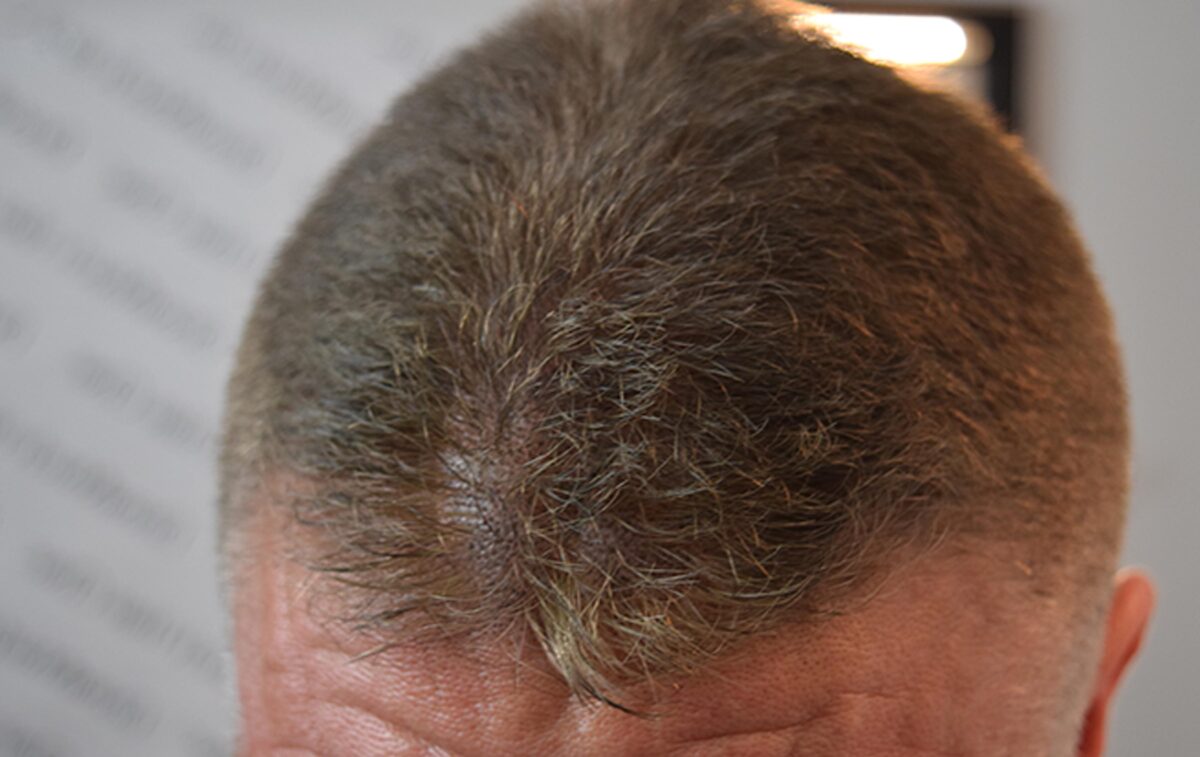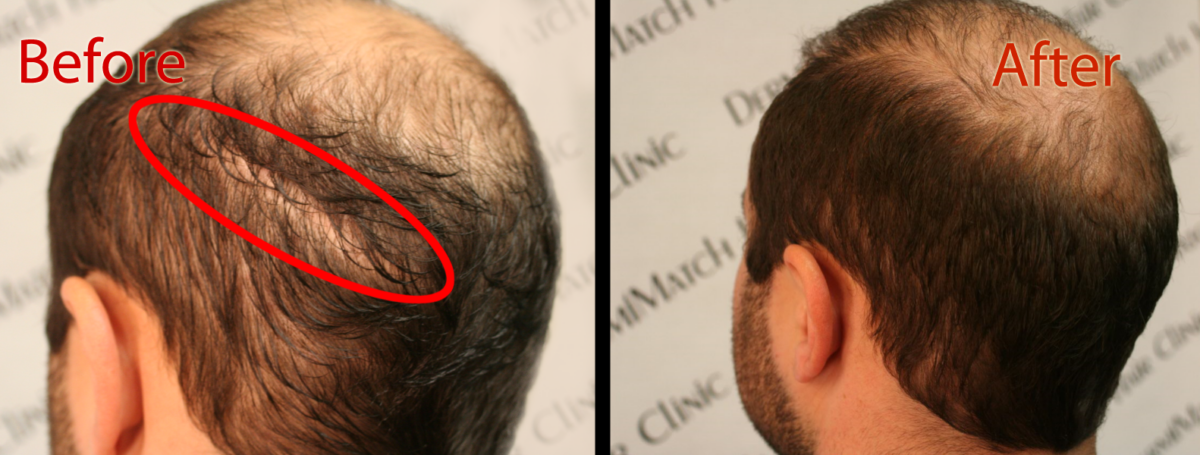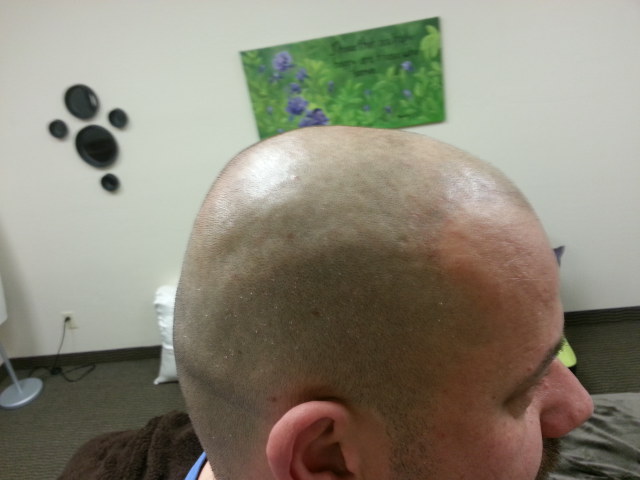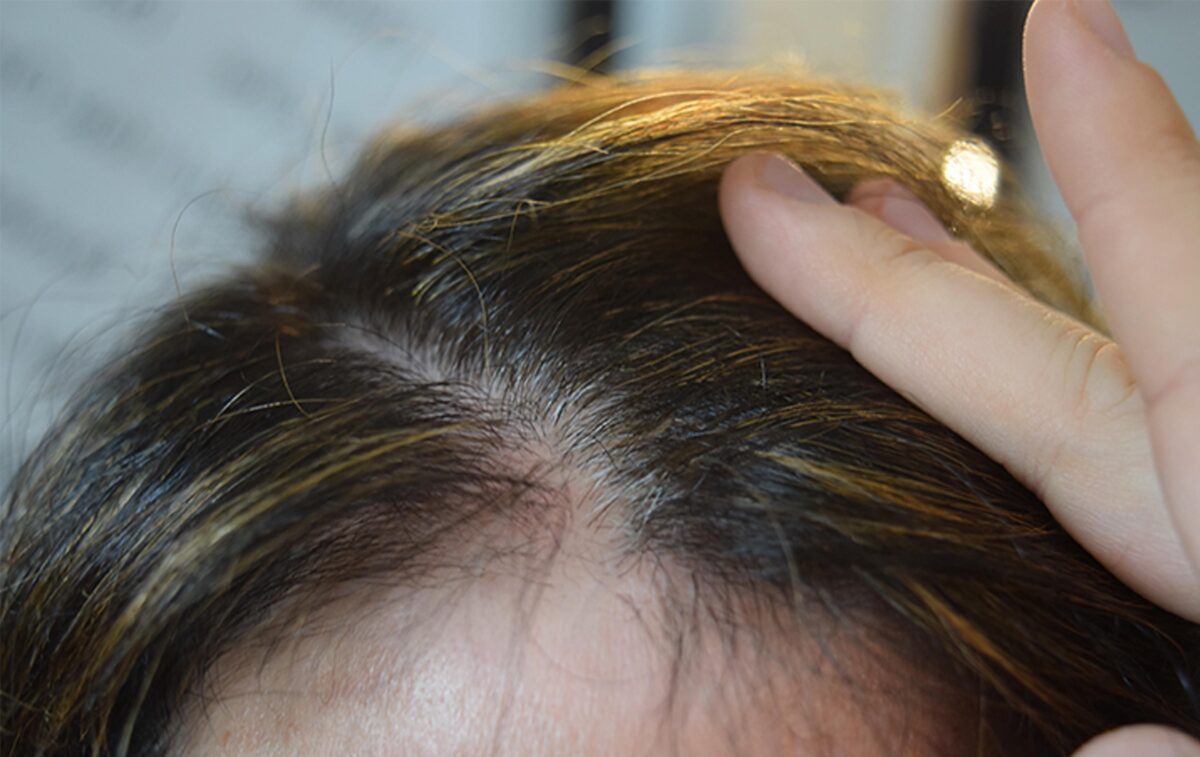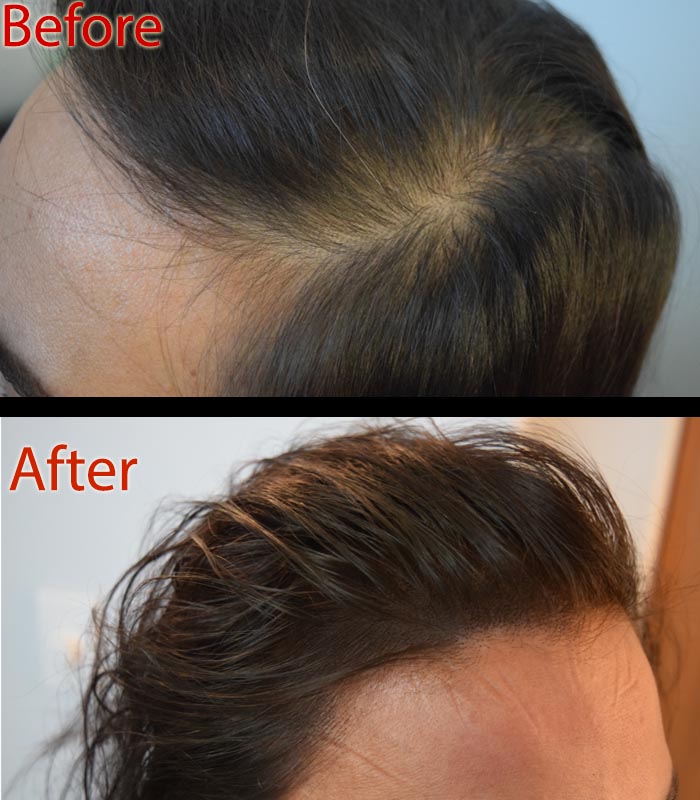Rich in phenols, flavonoids, and antioxidants, onion for hair loss is supposedly one of the best treatments for hair growth. Onion juice is known for its sulfur content, which is known to make hair stronger. The sulfur may help promote collagen production, which is essential for the health of skin cells and helps strengthen hair follicles. What’s more, even research emphasizes the anti-inflammatory, antifungal, and antimicrobial properties of onion, which help prevent dandruff and fungal infections. But does it actually prevent hair loss?
Onion for Hair Loss
People with alopecia areata may find some relief from hair loss with regular use of onion water. But it may not work in all cases. The effects are slow and take a long time to show visible results. it may prove effective in cases of inflammatory hair loss and not for all types of hair shedding. If you are losing hair due to a hormonal imbalance or nutritional deficiency, onion for hair may not be the right solution.
Anyone with androgenetic alopecia, hereditary hair loss, chemotherapy-induced hair loss, or loss of hair due to a medical condition may not benefit from the onion juice hack.
If you are allergic to onions, you should not experiment with the onion hack for hair.
Should you try onion juice for hair loss?
Onion juice remedy for hair loss may work for some people and may not prove effective for others. While some may experience improved hair thickness and growth, others may not see any visible effects.
Remember, onion juice is not a cure for hair loss, especially if you have alopecia, pattern baldness, thyroid, or are undergoing cancer treatment.
Even if onion juice may not work effectively for hair regrowth, it does help add a shiny luster to your locks. But even this benefit comes with its share of side effects. Onion juice remedy applied on hair can result in a foul smell, which many cannot tolerate.
You will need to wash your hair with shampoo to get rid of that funky odor. But by rinsing hair with shampoo, you are also purging off onion effects.
What is the Remedy for Hair Loss?
Onion for hair loss is not a powerful remedy. You may need to wait for a long period to see apparent results if that does work.
So does that mean you have to live with hair loss, receding hairline, thinning hair, or pattern baldness?
Well, not exactly.
If you seek a permanent solution to hair loss, then look no further than scalp micropigmentation.
SMP is a hair restoration solution that seeks to conceal hair loss problems. Whether you have hereditary hair loss, pattern baldness, or scalp scarring, SMP can help.
Besides, scalp micropigmentation is a solution for receding hairline and hair thinning, irrespective of any medical causes behind them.
But when it comes to SMP, you cannot choose an inexperienced tattoo artist. Trust only skilled SMP practitioners who know their craft and enjoy a reputation for helping clients with their hair loss problems.
Get in touch with DermiMatch Clinic SMP practitioners in Arizona. They are the best in the business and have a track record of successful Arizona SMP jobs.

